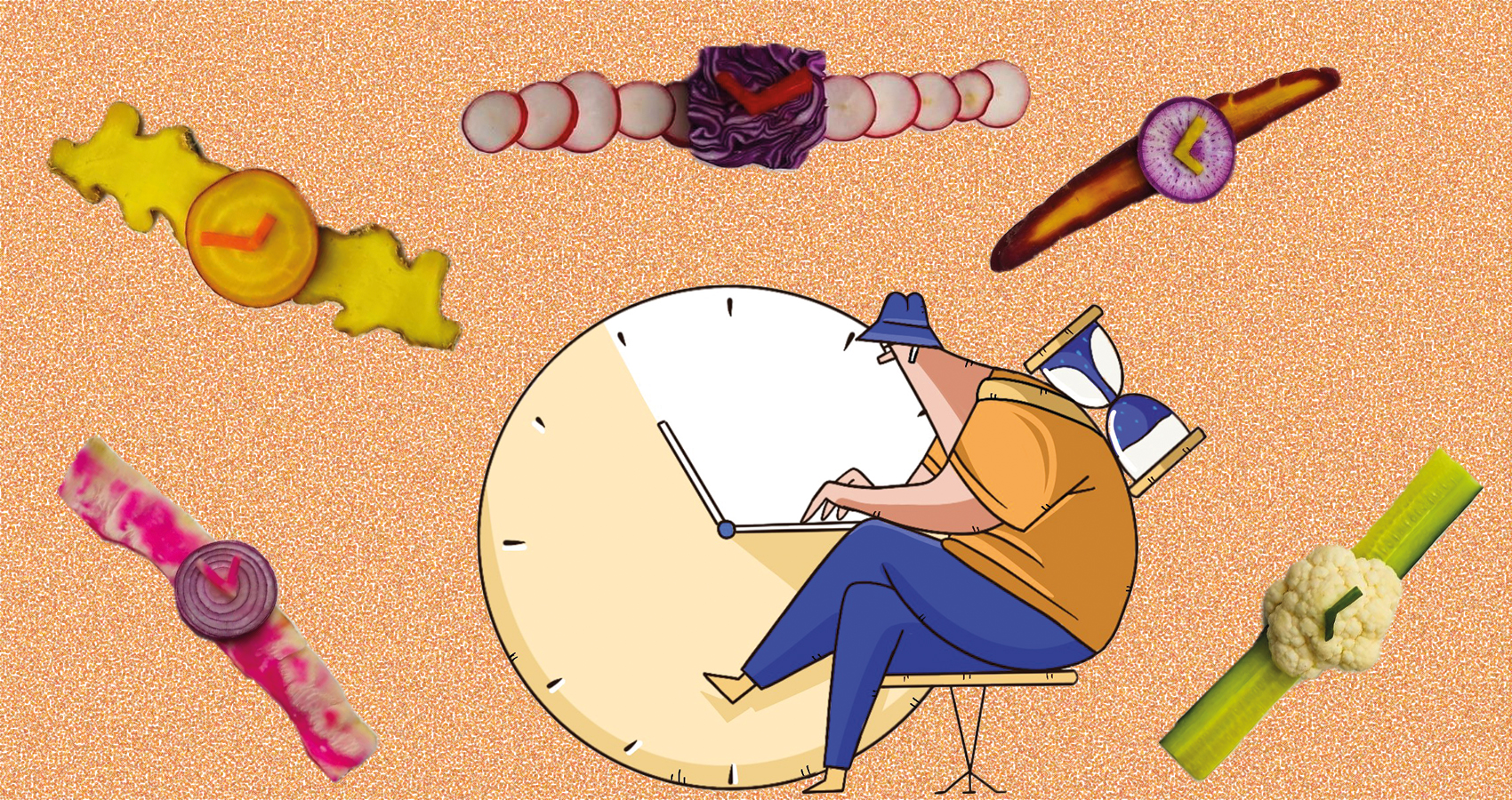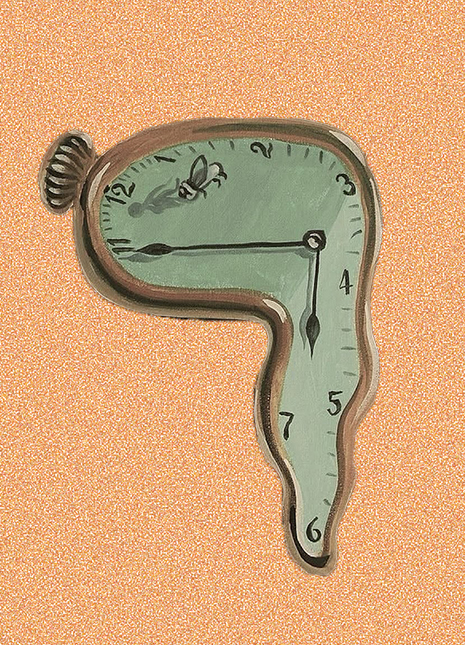
How Our Schedules Shape The Way We Eat, Move, And Rest
Rhythms of eating, movement & rest.
Most of us don’t map out our days minute by minute but that doesn’t mean we’re not following a schedule. Work hours, errands, classes, screen time, even when you check your phone—all create patterns, whether we like it or not. Those patterns shape when you eat, how much you move, and what kind of rest you get. Not because you planned it that way but because your days keep filling themselves in.
Some schedules make life easy. Others just drain you without warning. When things get too full or too unpredictable, eating turns into something you squeeze in. Movement disappears. Rest comes last. You don’t need to overhaul your life or chase some kind of “perfect balance,” but it’s worth paying attention to the small stuff that repeats every day. That’s where the real habits live.
Routines That Keep Things Simple

Having a basic rhythm with meals can prove beneficial. It doesn’t have to be rigid but should feel like something you don’t have to keep solving every single day. Let’s say someone works from home and usually has lunch around 12:30. Nothing fancy. Maybe it’s eggs and toast one day, rice and tuna the next. It’s familiar. They’re not wasting time figuring it out. That’s the kind of thing that takes pressure off without you even noticing.
And if that same person takes a vitamin C tablet after lunch because they’re usually indoors? That’s just part of the rhythm. It’s not about making up for anything or “filling a gap.” It’s just something simple that fits in with food, not instead of it. When supplements show up as part of a habit and not as a quick fix, they’re easy to remember and use without overthinking it. If you’re looking to complement your diet with supplements, getting them from USANA Health Sciences is a good idea. They have plenty of options for you to choose from.
When Your Day Leaves No Room to Move

People aren’t skipping movement because they don’t want to do it; they just don’t have a break long enough to breathe. Picture someone who works in retail, covers for a co-worker, and has to handle floor stock, lunch rushes, and backroom tasks all in the same shift. They walk a lot, sure, but it’s all task-based. There’s no space in between to just move for themselves.
Even desk jobs aren’t much better. A full day of video meetings, emails, and deadlines means people go from sitting at their desks to sitting on the couch without even noticing they haven’t stood up. If it’s not in the schedule, it doesn’t happen.
Late Dinners Throw Everything Off

Say someone usually eats dinner at 6:30. On a regular day, they’re cleaning up by 7, maybe reading or watching something low-key, and ready for bed before 10. Then something comes up: a late shift, a group hang, errands, and suddenly dinner’s not until 9. That pushes everything. They stay up later, they feel off the next morning, and the next day’s meals get shuffled around to match.
The issue isn’t one late dinner. It’s when that shift becomes a pattern. That 9 pm meal starts to feel normal; bedtime moves with it, and lunch the next day slides later, too. The body catches up to the schedule you give it, even if that schedule wasn’t really planned. You didn’t decide to move everything back; it just happened because one meal kept landing late.
When the Night Becomes the Day

Let’s say someone’s finishing university coursework at 1 am a few nights a week. That shifts everything. Breakfast gets skipped. “Lunch” is at 3 pm. Dinner ends up at 10, and sleep happens somewhere around 2. What used to be a normal day slowly turns into a completely different routine without them really choosing it.
And once that’s the new normal, the body goes with it. Hunger shows up at new times. The energy feels uneven. That shift doesn’t need fixing unless it’s causing problems, but it does change how food and rest fit into the schedule.
Sleep That’s All Over the Place
Some people go to bed at the same time every night. A lot don’t. Maybe they fall asleep at 9 pm one night and 1 am the next, depending on what the day throws at them. Over time, that inconsistency doesn’t just affect how rested they feel—it starts to throw off hunger, too. Waking up at 6 am one day and 10 am the next makes it hard to tell when you’re actually hungry or just running on habit.
You might skip breakfast, eat lunch earlier than usual, then not want dinner until late. It’s not wrong; just messy. And when sleep and eating patterns stop lining up, meals start feeling random instead of routine. Not every day needs to be the same, but if the gaps keep shifting, the rest of the day starts to feel a little scrambled, too.
When Weekends Flip the Routine

Weekdays might look tidy. You might wake up at 7, have breakfast at 8, lunch at noon, and dinner around 6. But then the weekend hits, and it all slides. You sleep in, skip breakfast, grab brunch at 11:30, then don’t eat again until late. If you usually walk after lunch or do something active in the morning, that disappears, too.
None of this is wrong or bad—it’s just a different rhythm. The issue is when Monday hits, and your body doesn’t quite know what’s happening. The shift between weekday and weekend routines creates this mini reset every week, and it can make getting back into the flow a little harder than it needs to be.
The Breaks That Actually Help
Some people block out ten minutes between tasks to scroll their phone or reheat coffee. Others take that time to walk around the block, do a quick stretch, or step outside. It doesn’t need to be a full workout or anything formal. It just needs to exist. A short break with movement in it resets the body in a way that sitting doesn’t.
This kind of thing only happens when it’s built into the day. Without it, the hours blur together, and you end up sitting from morning until night without realizing it. But when those small breaks are part of your schedule, moving doesn’t become a big deal.
When meals, movement, and rest all have some kind of rhythm, things usually feel more grounded. You don’t need a planner or a perfect plan. Just some consistency, even if it’s basic, can go a long way in making your days feel steady and less scattered.











